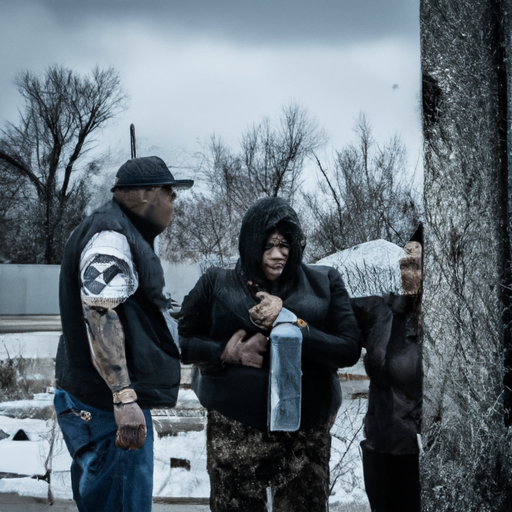The Canadian Opioid Crisis: A Closer Look at Disproportionately Affected Indigenous Populations
The ongoing opioid crisis and its devastating effects on the population have been well-documented in recent years. While its impact is widespread, there are certain communities that bear the brunt of this public health disaster – particularly disproportionate are the Indigenous populations. In this blog post, we shall shine a spotlight on the overlooked plight of these communities, discuss the contributing factors, and highlight the steps being taken to address this crisis.
The Opioids Crisis and Its Impact on Indigenous Populations
The opioid crisis is a widespread issue that has far-reaching effects on various facets of Canadian society. Notwithstanding the overall societal impact, it’s critical to note the excessive toll it takes on Indigenous communities.
The higher vulnerability of these communities to the crisis can be attributed to several factors, including a lack of proper healthcare and essential resources, historical discrimination and trauma, as well as inadequate responses to the crisis from governing bodies. This has led to excessive rates of opioid-related deaths and significant community trauma.
Understanding the Profound Effects of the Crisis
The crisis has unequivocally resulted in a rise in opioid-related deaths, increased crime rates, and augmented homeless populations within affected communities. Unfortunately, the brunt of these effects is often carried by already marginalized populations, such as Indigenous communities, intensifying the pre-existing socio-economic inequalities they face.
- Opioid-related deaths: Indigenous communities have disproportionally higher rates of opioid-related deaths, causing immense pain and traumatic grief within these clans.
- Increased crime rates: The correlation between drug misuse and crime is well-established. With opioid misuse rampant within Indigenous communities, crime rates have unsurprisingly increased, impacting community safety and well-being.
- Rise in homeless populations: Substance misuse often leads to increased homelessness. The opioid crisis, consequently, has exacerbated the existing problem of homelessness within Indigenous communities.
Efforts to Combat the Crisis
Addressing this crisis requires a multipronged approach anchored by robust support systems, increased healthcare access, and community-focused interventions. Thankfully, there are burgeoning measures being taken at various levels to help these communities navigate this crisis.
One such effort is the recent signing of the Fentanyl Bill by Washington Governor Jay Inslee. This legislation aims at providing financial assistance to tribes disproportionately impacted by the opioid crisis, aiding them in implementing robust opioid response strategies. This should boost community-based interventions, providing essential support to these communities struggling with the crisis.
Power of Opioid Antagonists: The Role of Naloxone
Naloxone, an effective opioid antagonist, has a crucial role to play in combating this crisis. By reversing the effects of an opioid overdose, it’s a powerful tool in the fight against this epidemic. Timely access to this life-saving medication can make a difference between life and death. Consequently, efforts are underway to increase its availability within disproportionately affected communities.
Critical Role of Opioid Class Action
One influential tool in holding opioid manufacturers accountable is opioid class action lawsuits. These legal actions aim to obtain restitution for impacted communities, enabling them to fund necessary interventions and resources. As these actions gain momentum, they may play a crucial role in shaping the future of this crisis.
In light of its profound impact and cultural sensitivity, addressing the opioid crisis within Indigenous populations requires significant and focused efforts. These communities need targeted strategies, appropriate resources, and empathetic interventions to navigate through this devastating crisis.
Summary
In conclusion, the opioid crisis has disproportionately impacted Indigenous populations, significantly affecting their safety, health, and socio-economic stability. However, strategies such as the Fentanyl Bill, utilization of Naloxone, and opioid class actions are emerging as promising interventions. While these measures embody hopeful strides towards resolution, more needs to be done to aid these communities ridden with this public health catastrophe.
Through understanding, compassion, and targeted intervention, we must continue to strive for solutions that help end the opioid crisis and its devastating effects on Indigenous communities.
